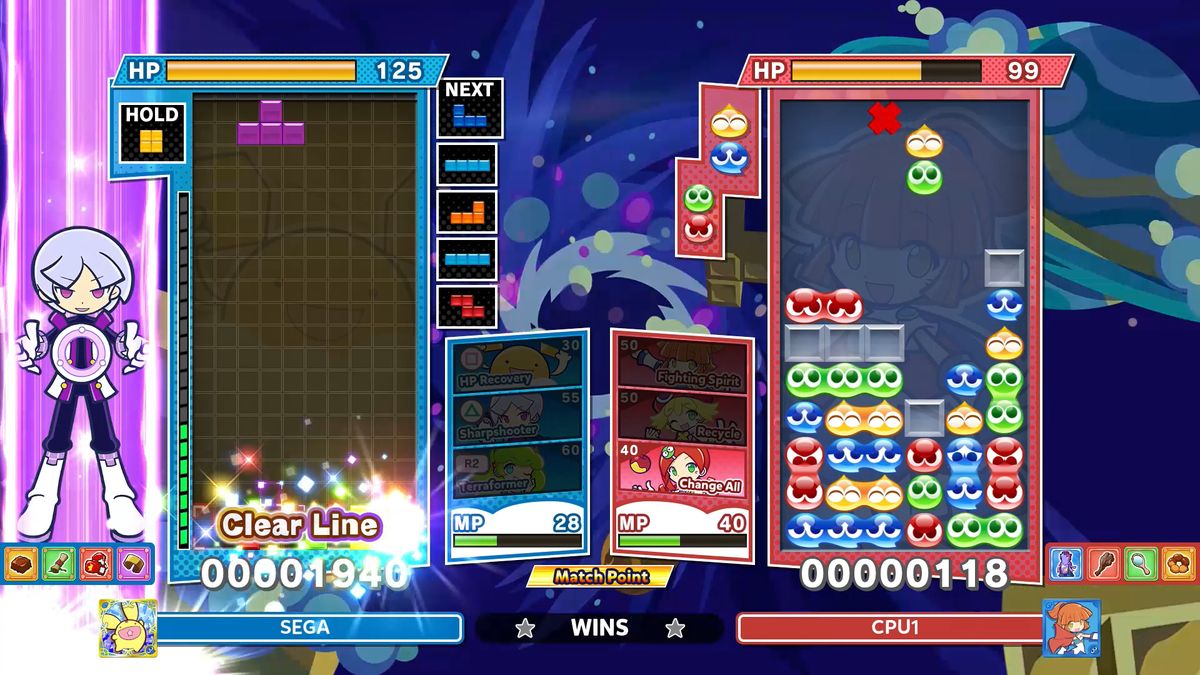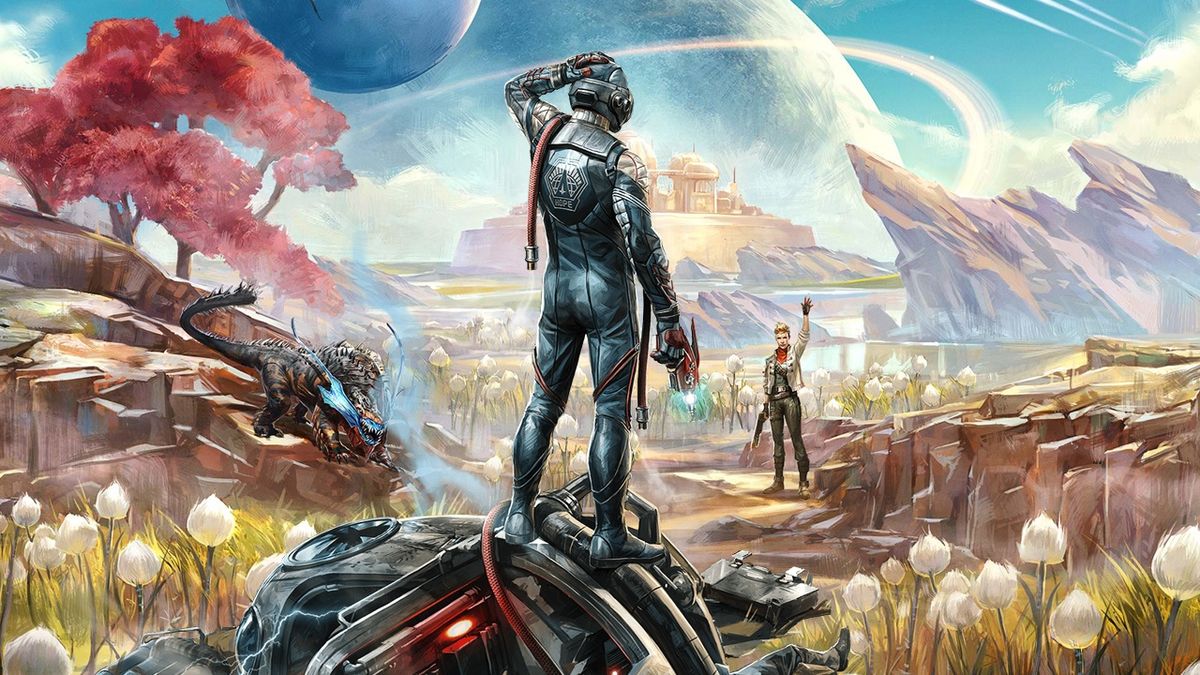Oh, Totori, you’re too cute for words. You’ve got a heart of gold and we can’t help but root for you. You capture the essentials that make a JRPG tick perfectly – tons of exploration, quirky party banter intermingled with deep characterization, and you pull us in with your addictive time management system and heaps of quests. The problem is, you take your sweet time to get going, holding our hand for a bit too long. We just want to get the party started and embrace all you have to offer. Yet you take three in-game years to get there, and not many will stay around to see the magic of your story. That’s a sad tale, since later in the game you turn out to be quite the charming JRPG.

Totori enters with a bang when she causes an explosion while testing her alchemy skills. For series followers this might remind you of somebody else… like, perhaps, the star of the previous game: the clumsy but well-intentioned Rorona. Soon it’s revealed that Rorona was Totori’s mentor, and as they say: like teacher, like student. Totori’s currently all alone, as Rorona’s traveling the world and Totori’s mother has gone missing. Totori believes deep in her heart that her mother is still alive while her sister, Cecilia, knows logically it’s more likely she’s not. Totori decides to become an adventurer in hopes that she’ll cross paths with her mother again.
Atelier Totori’s biggest problem is that its story runs all over the place. One minute it will focus on Totori’s doubt in herself, next on her missing mother, then it’ll jump to helping the bartender keep his establishment. It’s like a bad episode of Family Guy – full of non-sequiturs. Your party members also have their own backstories which are hard to keep track of, especially in the first three years, where the narrative is still in its infancy. With the formulaic bent of Totori’s adventure,though, the complex plot becomes a good thing, as skits provide a nice break from the tedium. Most skits are deeply rooted in the characters’ personalities, which are really hit or miss (and sometimes inappropriate). Rorona fans will be pleased that some characters from her venture have also returned – Iksel, Cordelia, and Pamela, to name a few. The story is far from masterful, but its interactions, rather than an epic arc, leave it charming and lighthearted enough to be memorable.
The gameplay is much deeper in Totori than Rorona. The road of an adventurer is one paved with killing various monsters, gathering synthesis materials, and, obviously, performing alchemy. Totori has a time restriction on her adventurer’s license: she has three years to reach a high rank or it expires, so time is a major focus, though you’d be wrong to think the game ends in three years. Unlike Rorona, where days simply passed by traveling the world map, Totori has time passing during every action – gathering items takes a fixed portion of time while battling enemies takes a variable amount of time. Everything takes precious ticks off the clock, which appears worrisome at first, but it’s difficult to fail at time management unless you’re actively trying. The game doesn’t trust you as a player and so holds your hand throughout those first three years.
In the dawn of your adventure, your main concern is raising your rank by completing certain milestones such as traveling, finding artifacts, synthesizing items, defeating enemies and taking down bosses. With each rank more areas open for exploration. Also, there are always two spots in your party you can fill with recruits and change the party dynamic.

Atelier Totori’s basic structure extends to its turn-based battle system. Party members can actively guard Totori or counterattack – all by timing a button press. This interactivity precludes an option for auto-battle, but that doesn’t mean you won’t yearn for it. Half your quests are about killing a certain amount of monsters, so the repetitive, boring battles left us yawning. The quests don’t help with the tedium because they are all similar – you’ll even complete duplicate quests.
Here’s the saving grace: after the three year mark, many problems start to dissipate. Travel becomes more convenient, quests get more story-oriented, and more varied dungeons open up. Totori’s biggest issue is that it will turn off the players who don’t have patience, and it’s a shame. Were the pacing better, getting to the rewarding portions of the game wouldn’t be so frustrating. JRPG diehards will no doubt tolerate the slow introduction, and it’s hard not to admit that there’s something addictive about Totori despite its simplicity.
While the simplistic gameplay is reminiscent of eras gone by, the beautiful anime-styled graphics are a constant reminder that we’re playing a PlayStation 3 title. The game is just gorgeous to look at, incredibly vibrant, and always filled with the most intricate details to give each character a unique identity. The only gripe is that while each area is detailed, sometimes they can seem too similar. The flute-driven music follows suit: while quite pleasing, it’s overused. The voice acting also has its highs and lows. The female voices are done quite well, especially Totori’s, whose voice actress fully embraced her innocence and child-like charm. The male voices are mostly awful – the actors try to mimic a prepubescent pitch, but it’s grating instead of realistic. Remember Emil from Tales of Symphonia: Dawn of the New World? Expect annoying voices like that. There are some stand outs, though, such as Sterk, who hits his enigmatic lines flawlessly.

Atelier Totori is a solid RPG, but it’s far from an excellent one. It’s like the party you’ll attend because you don’t have much else going on. You may find it more enjoyable than expected, but then you’ll slowly be reminded why it wasn’t high on your priority list. There’s definitely an addiction to be found here, but the pacing nearly destroys that fun. Totori’s almost cute enough to let the first three years slide, but looks can’t get you everything.
Sep 30, 2011
 Game News Video Games Reviews & News
Game News Video Games Reviews & News



